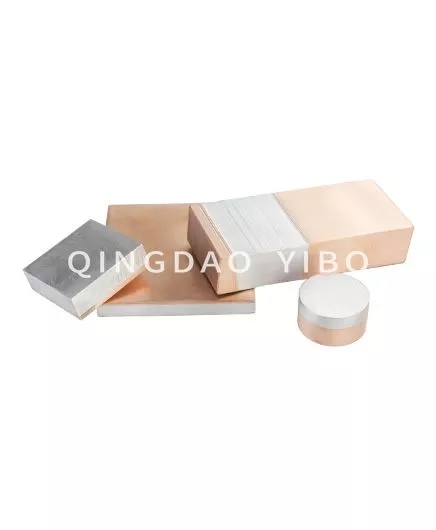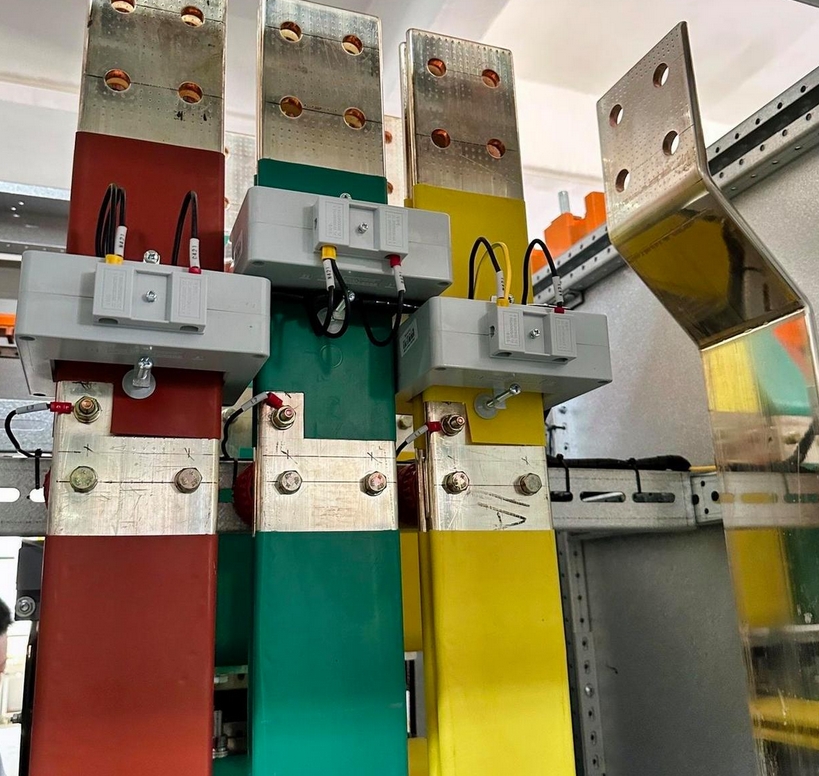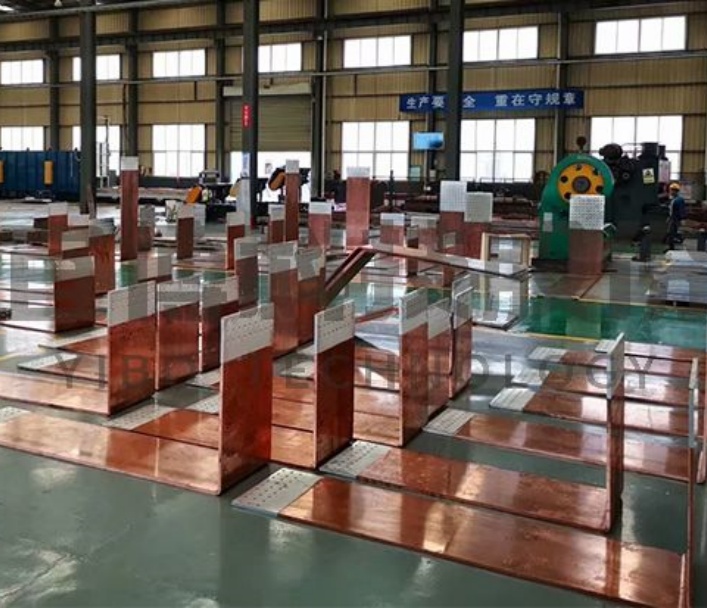Copper-Aluminum Transition Technology: Solving Electrical Interface Challenges
Copper-Aluminum Transition Technology: Solving Electrical Interface Challenges
In power distribution, renewable energy systems, and electric vehicles, combining copper’s unmatched conductivity with aluminum’s light weight and cost efficiency is essential. Yet, direct joining of these metals creates a reliability time bomb. Copper-aluminum transition technology bridges this gap, enabling robust interfaces that prevent catastrophic failures. Here’s how advanced methods overcome inherent material incompatibilities and where they transform modern engineering.
The Core Challenge: Why Cu-Al Interfaces Fail
Galvanic Corrosion
Moisture or electrolytes trigger aggressive electrochemical reactions. Aluminum (anodic) corrodes 10–100× faster than copper (cathodic), degrading joints and increasing resistance1.Brittle Intermetallic Compounds (IMCs)
Atomic diffusion at 80–250°C forms brittle phases like CuAl₂ and Cu₉Al₄. These IMCs:Increase electrical resistance by 300–500%
Crack under thermal cycling due to poor ductility
Accelerate Kirkendall voiding (voids from unequal diffusion rates)1.
Thermal Expansion Mismatch
Aluminum’s 23.1 μm/m·K expansion coefficient vs. copper’s 16.5 μm/m·K induces shear stress, causing fatigue cracks after repeated heating/cooling cycles.
Breakthrough Solutions in Transition Technology
1. Solid-State Welding: Avoiding IMC Formation
Friction Stir Welding (FSW)
Uses a rotating tool to mechanically mix Cu/Al below melting points. Generates <2 μm IMC layers (vs. 10+ μm in fusion welding), doubling joint strength1.Ultrasonic Welding
High-frequency vibrations create atomic bonds in milliseconds. Ideal for battery tabs—maintains 95% conductivity after 1,000 thermal cycles (-40°C to 85°C)1.
2. Explosive and Cold Spray Bonding
Explosive Cladding
Detonation forces drive metals together, forming wave-like interfaces that lock materials mechanically. Achieves shear strength >100 MPa for bus bars in substations1.Cold Spray Deposition
Aluminum particles blasted onto copper at supersonic speeds form dense, oxide-free layers. Enables repairs without heat-affected zones.
3. Diffusion-Blocking Interlayers
Metallic Coatings
Nickel plating (5–10 μm) reduces galvanic current by 98%. Tin/silver interlayers suppress IMC growth to <1 μm/year at 150°C1.Hybrid Connectors
Bimetallic lugs use cast transition zones with optimized Zn/Al alloys. Pass ASTM B980 salt-spray tests for 1,500+ hours.
4. Transient Liquid Phase Bonding (TLPB)
A solder (e.g., Sn-Ag-Ti) melts between Cu/Al surfaces, then diffuses into solid solution. Eliminates residual voids and withstands 200 A/mm² current density—critical for EV inverters.
Real-World Applications Driving Adoption
Renewable Energy
Solar farm combiners use explosive-clad Cu-Al bus bars, cutting weight by 40% vs. all-copper while maintaining 99% efficiency over 25 years.Electric Vehicles
Ultrasonic-welded battery cell connections survive 8,000+ vibration cycles (SAE J2380 standard).Aerospace
FSW transitions in power distribution units (PDUs) reduce weight by 15 kg per aircraft.Grid Infrastructure
Bimetallic connectors with Ni interlayers prevent failures in overhead lines after ice storms or coastal exposure.
Critical Implementation Guidelines
Surface Prep
Laser cleaning removes oxides immediately before bonding. Residual Al₂O₃ increases contact resistance 1,000×.Accelerated Testing
Validate designs with:Thermal cycling (-55°C ↔ 125°C, 500 cycles)
Humidity exposure (85°C/85% RH, 1,000 hours)
Dynamic vibration (20–2000 Hz)
Compliance Standards
Adhere to IEC 61238 (clamp connectors), ASTM B980 (corrosion), and UL 486A-B (safety)1.
Future Frontiers: Smart Materials & AI
Graphene Interlayers
Trials show monolayer graphene blocks Cu/Al diffusion at 200°C, slashing IMC growth by 90%.AI-Driven Process Control
Machine learning optimizes FSW parameters (tool rotation, plunge depth) in real-time, boosting joint strength by 25%.
Conclusion: Reliability Through Science
Copper-aluminum transition technology has evolved from a compromise to a precision discipline. By leveraging solid-state bonding, engineered interlayers, and strict process control, engineers now create interfaces that outlast equipment lifetimes. For high-stakes applications—from grid resilience to electric aviation—mastering these methods isn’t optional. It’s the foundation of efficient, safe, and sustainable power systems.


